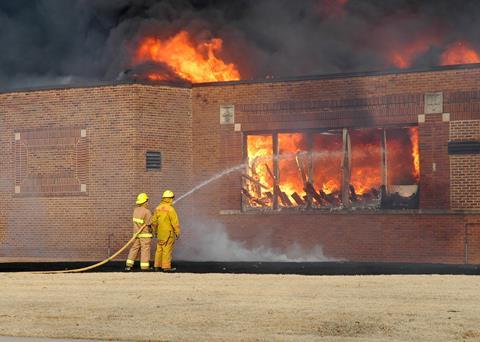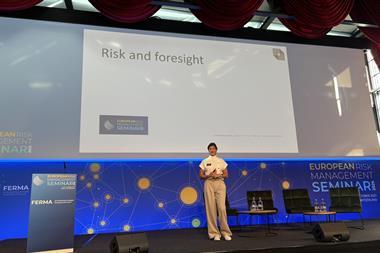Schools are facing new construction risks as a consequence of the drive for more sustainable building methods. Here’s what risk managers need to know
Charity-backed insurer Ecclesiastical is urging the education sector to take note of emerging building risks ahead of undertaking new construction projects that adopt modern methods of construction (MMC).
MMC refers to new on and off site construction techniques that are designed to be more efficient compared to traditional building methods.

It includes, for example, the use of materials such as mass timber, low carbon concrete and recycled steel.
Ecclesiastical surveyed 250 UK independent school leaders between 8 and 14 February 2024 – it found that 27% of respondents plan to invest in buildings that utilise MMC in the next one to two years, while 26% intend to invest in solar photovoltaic technology and battery storage.
A further quarter (26%) of respondents want to invest in buildings constructed from sustainable materials.
However, Ecclesiastical warned that while some materials are more sustainable than others, they can also be more combustible, potentially increasing the school’s risk profile.
Laura Carter, customer segment director at Ecclesiastical, said: “Our research has found [that] four in five independent schools are constructing or planning to construct new buildings and many are making investments in sustainable technologies.
“Improving the energy efficiency and sustainability of school buildings is hugely important and can present risks and challenges, particularly around combustibility, which need to be carefully managed.”
The Department For Education has listed building safety as one of the key risks facing the sector, although the main focus is building collapses due to structural safety issues.
It’s annual report says: “While general deterioration of building condition increases the risk of building collapse, of greatest concern are buildings constructed post-1945 that use materials or designs that are past their intended design life and could be subject to defects that increase the risk of collapse.
“If buildings have not been carefully monitored and maintained by responsible bodies, the risk of structural failure increases.”
It identifies this risk as critical, which it describes as very likely to happen, but notes that work to identify any reinforced autoclaved aerated concrete (RAAC) in use in school buildings has been completed and risks are being managed
Collaborative conversations
Ecclesiastical explained that schools’ material choices might result in a short-term cost saving – however, this decision could also impact the cost of insuring the building for its entire lifespan.
It added that “it is vital schools speak to their insurer at the earliest possible stage in the planning process”.
The insurer’s figures show that 19% of independent schools are currently constructing new buildings, while 47% plan to erect new buildings over the next five years. Around 15% have ringfenced new building work in more than five years’ time.
Carter continued: “Brokers play an important role in helping independent schools understand the risks they are facing and in ensuring they have the right cover in place.
“It is vital that when clients are considering a new school building or sustainability project, they consult all interested parties, including their insurers, at the earliest stage.”













No comments yet